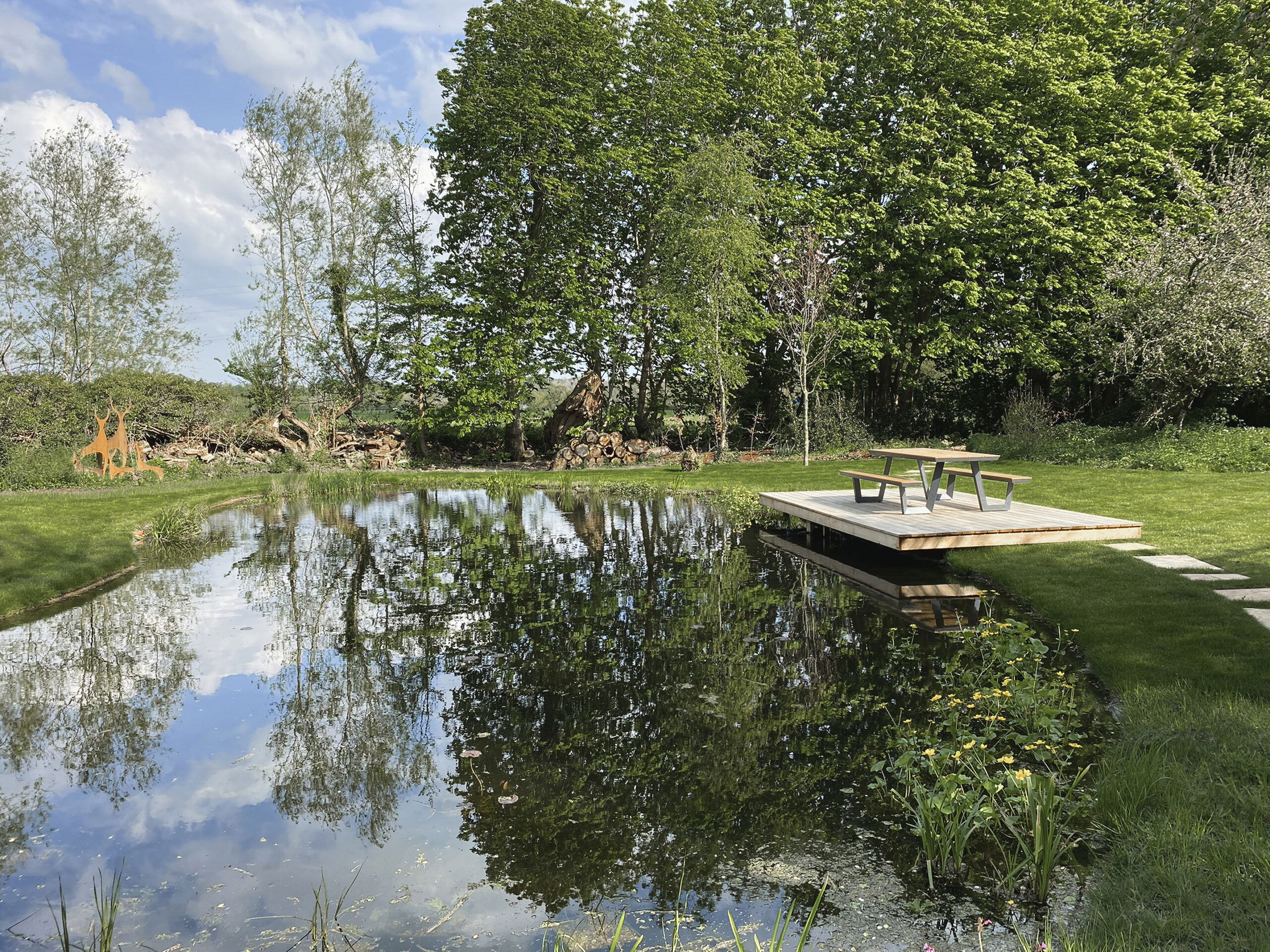
Restorative Gardens lead the themes of this year’s Chelsea Flower Show.
Chelsea – the unrivalled rose in the annual horticultural calendar – opens this coming Monday to the excitement and anticipation always seen for this world-renowned, hot-ticket event.
The Chelsea Flower Show showcases incredible garden designs, with a justified reputation for inspiring gardeners and setting the trends that will be incorporated into landscapes and gardens across the globe.
Up to 168,000 visitors will attend across the week, and RHS (Royal Horticulture Society) advisors will provide gardening advice to over 4,150 visitors, a benefit normally reserved for RHS members. TV coverage first started in 1958, and now the BBC broadcasts daily from the show, reflecting the popularity and our fascination with the magical and ingenious worlds that the garden designers create, and which we can, albeit briefly, step into.
HollandGreen Director of Landscapes Mark Latchford has been at the event this week supporting some of the exhibits’ builds behind the scenes, and here he gives his take on the themes for this year’s show.
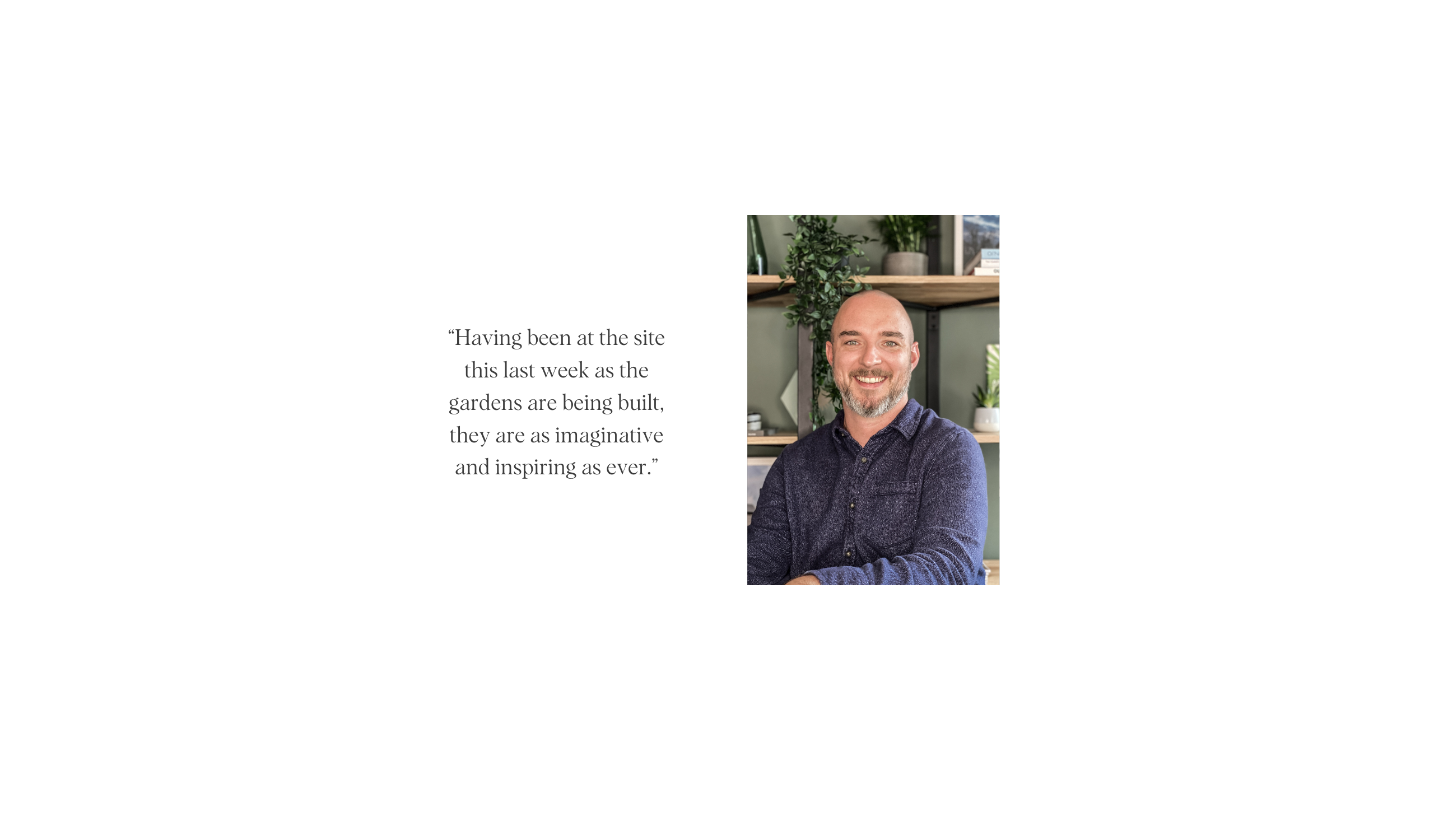
The Themes of the Chelsea Flower Show 2023.
Restorative Gardens.
The leading theme this year is a focus on landscaped spaces that improve our health, wellbeing, and the environment in which we live. Some of the highlights for me include The Samaritan’s Listening Garden, where field elms lead through the garden to a sunken level with a sculptural bench which allows “two people to sit, talk, listen, and be heard”, as well as The Centre for Mental Health’s The Balance Garden, which employs “crushed site waste as aggregates to produce a wealth of wildflowers, grasses and hardy shrubs that are known to thrive in stressful environments, as well as sand piles and habitat layers for wildlife”. Both give a fantastic nurturing, calming feel as you walk through.

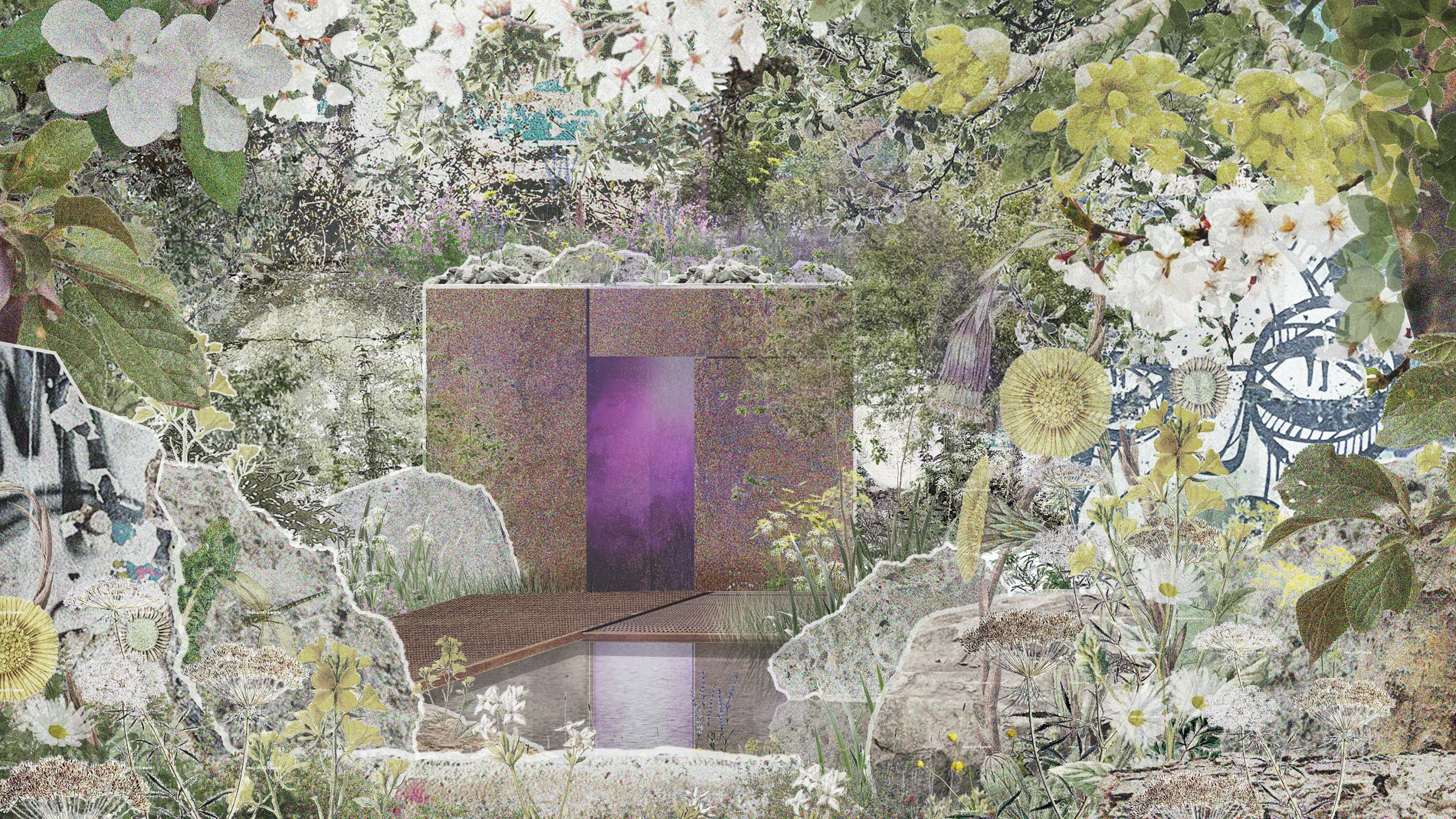
In a similar vein, our garden at Asher House creates zones for family time, contemplation and spaces to feel truly encircled by nature. Swathes of Salvia through mixed borders of perennial and herbaceous planting gives soft movement and textures, which the bees love too, and a gentle and light atmosphere is further encouraged by beds of cosmos, roses, helenium, wisteria, persicaria, lavender and dahlia.
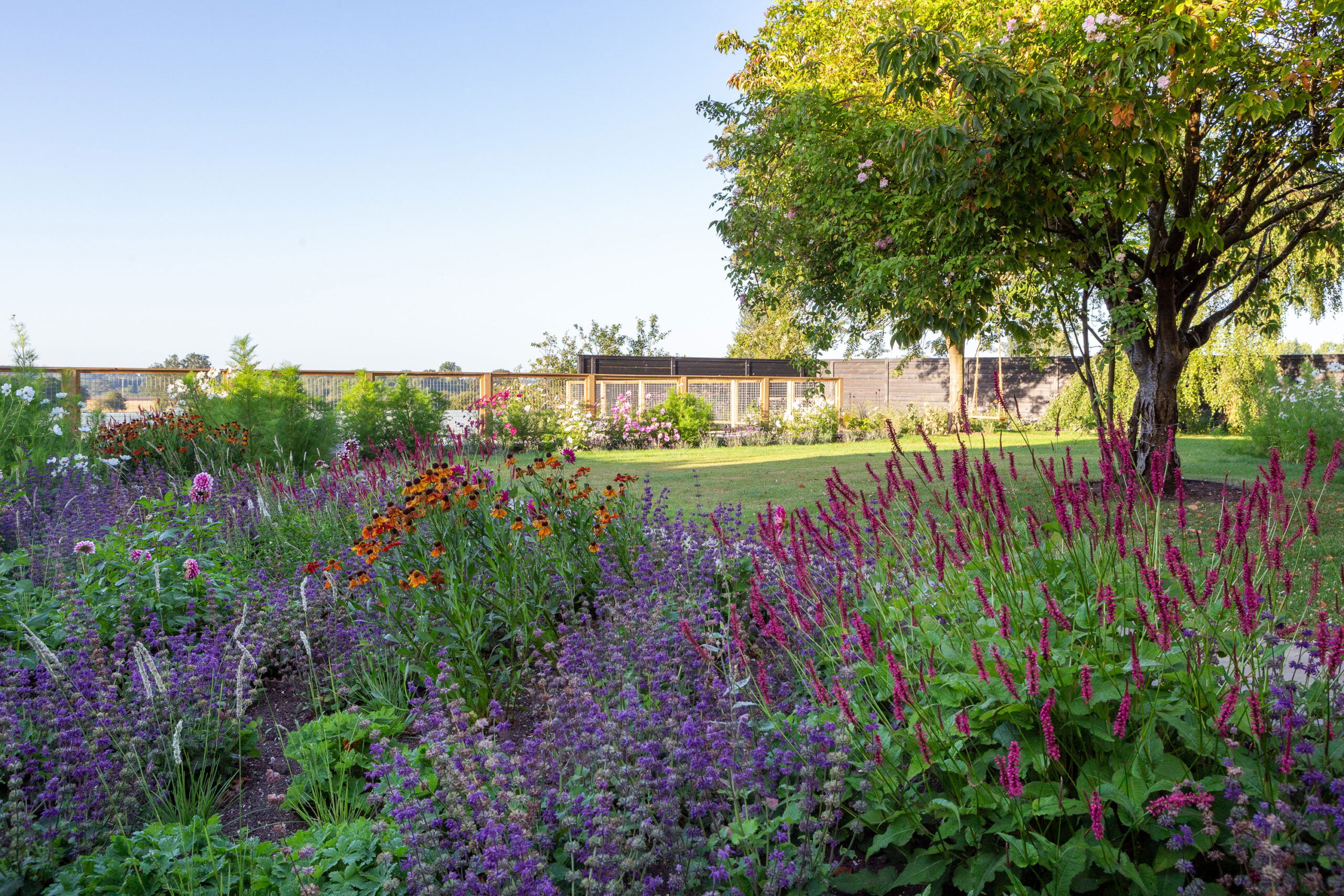
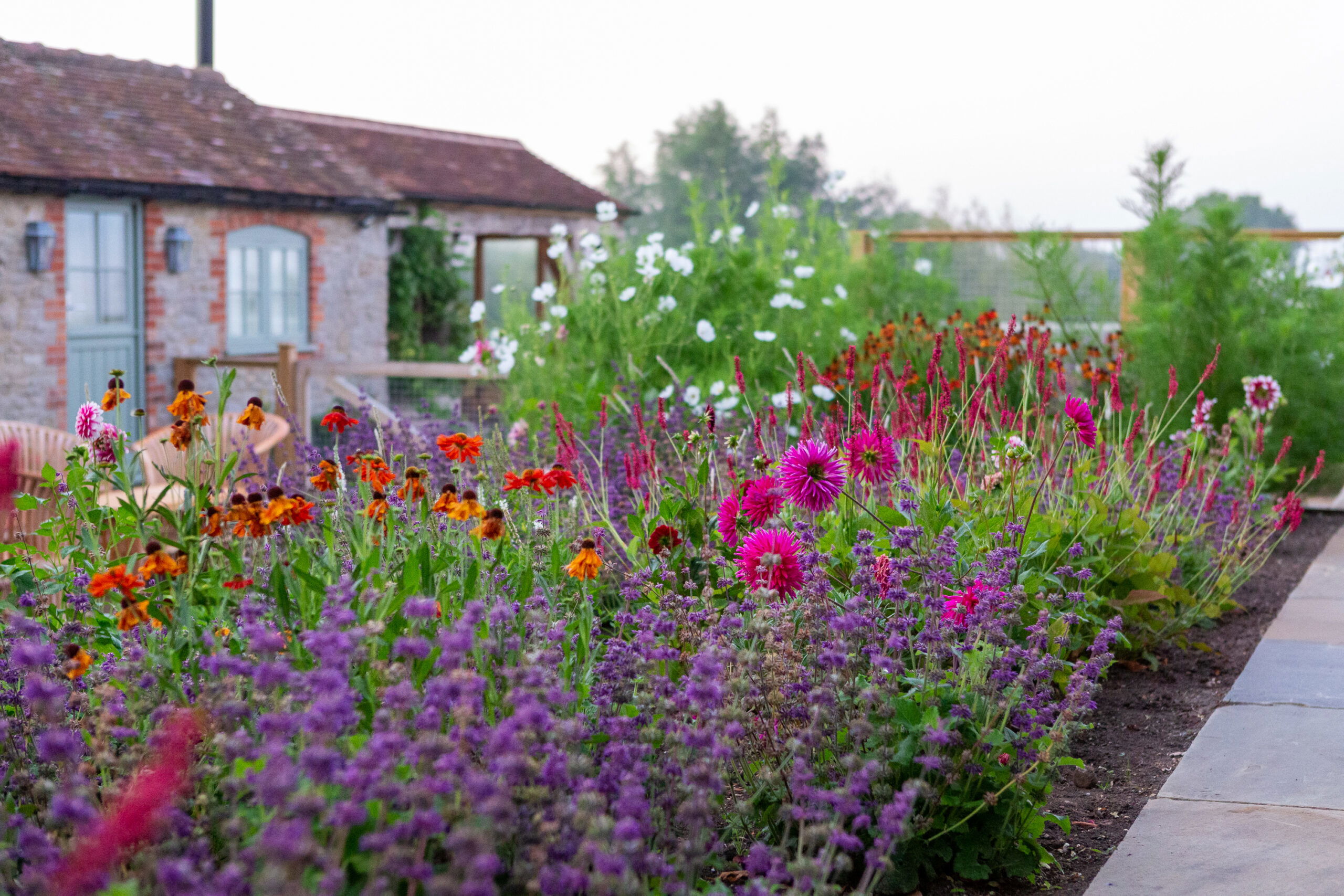
Sustainable Garden Builds.
2023 will be the first year that all the gardens showcased must be relocated after the event to reduce the environmental impact and ensure the gardens live on. The focus is on less wastage, and more intuitive and eco friendly building methods, such as using ground screws instead of concrete footings, and permeable joints in paving for water to support drainage.
Community at the Heart of the Designs.
Many of the show gardens have been designed to be inclusive green spaces for socially deprived communities to connect with nature. And designers Charlotte Harris and Hugo Bugg’s garden has been created to help patients recovering in hospital from spinal injury. As the RHS says, the garden is the antithesis of a hospital, where the sensory experiences have been considered for patients either from a bed or from a wheelchair, with water, stone and woodland-valley flora interwoven together adding depth and beautiful textures too.
The Biodiversity Impact – Weeds are friends!
Old school mentality is that all weeds need killing. In fact, and as some of the Show’s gardens embody, we should be rethinking our opinion of weeds, as most produce flowers and support biodiversity. This year many of the Show’s gardens celebrate UK-wide gardeners’ initiatives such as ‘No Mow May’ or the encouragement to keep dandelions in the garden as a source of food for bees early in the year. This doesn’t mean there can’t be structure or elegance to gardens, it’s about the art of zoning and the integration of wildlife areas alongside other landscaped areas too.
Studies suggest we have lost 95% of wildflower meadows in the UK since the 1930s, as well as 200,000 miles of hedgerows and 50% of ancient woodlands and heathlands. This has resulted in a 40% loss in wildlife since the 1970’s and a complete loss of 150 species in the past 100 years. With such discouraging news, it’s heartening to see this is an important topic this year at Chelsea – with exhibits showing positively how we can start to turn this picture around, in small steps in our own gardens.
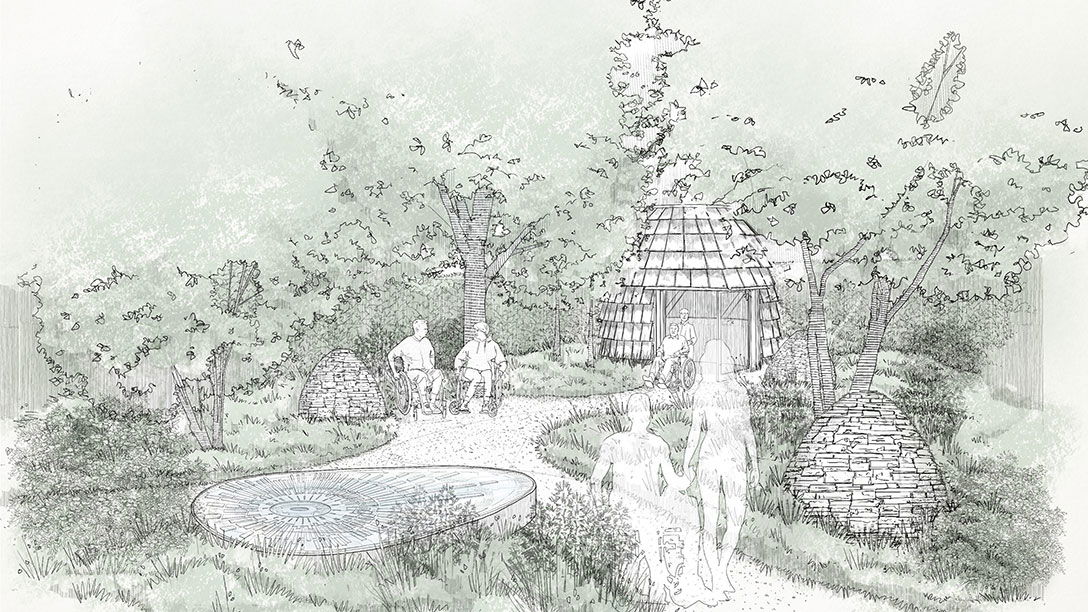
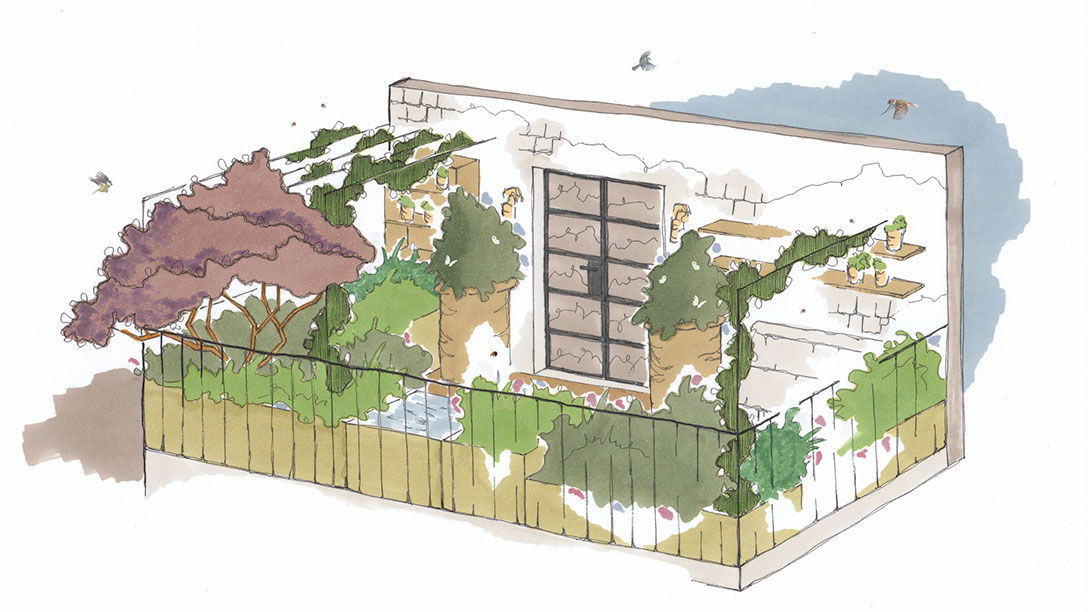
Some of my other favourite highlights of the Show.
Designer Tom Massey in the Royal Entomological Society Garden has focused his planting around the rich biodiversity of brownfield sites that provide essential habitat for insect life. The garden will also feature a functioning lab to study insect numbers during the show.
Garden Designer Jihae Hwang shows how rewilding in her home country Korea has helped prevent the extinction of some rare plants, featured alongside other plants respected for their healing and medicinal properties.
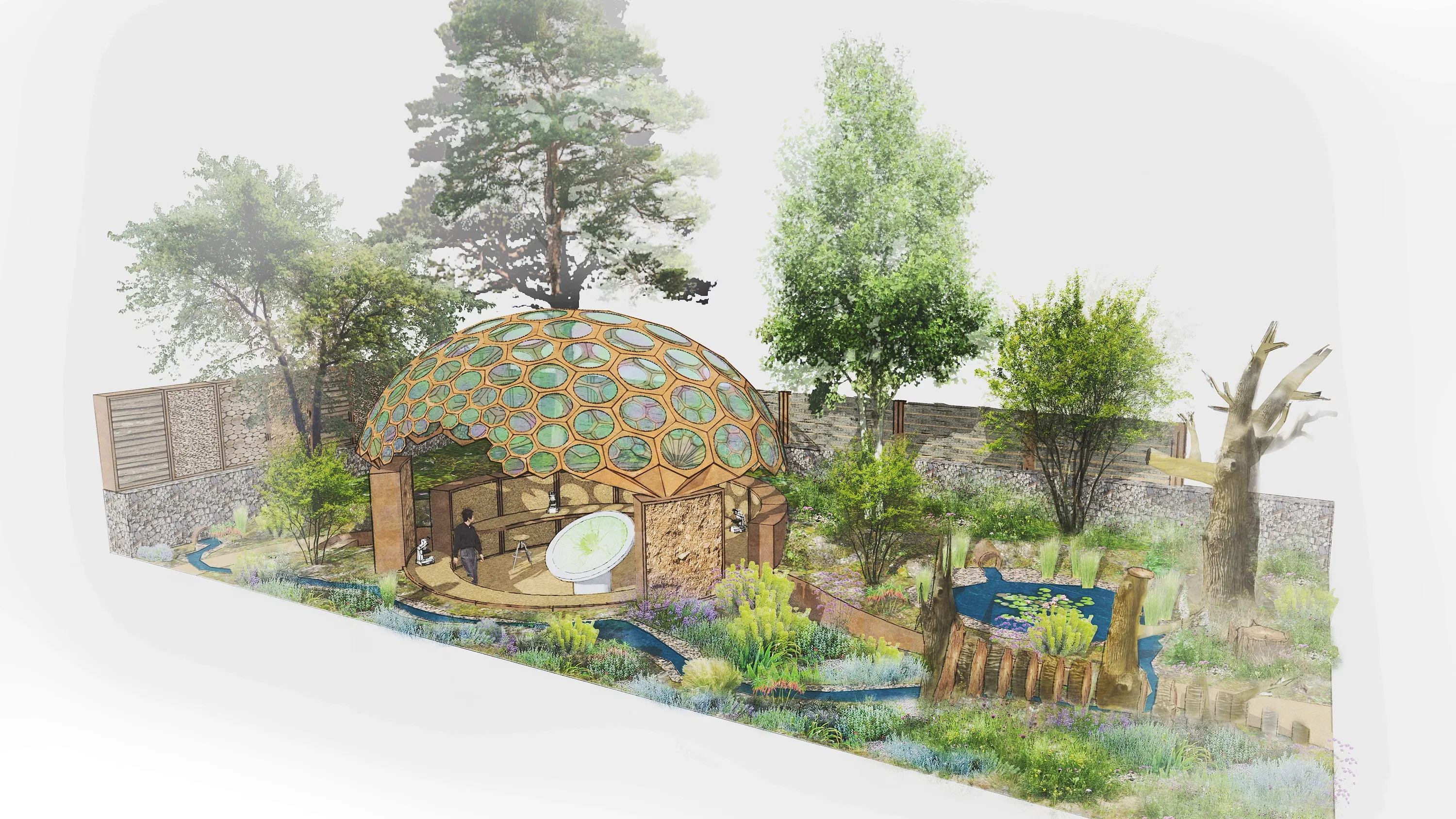
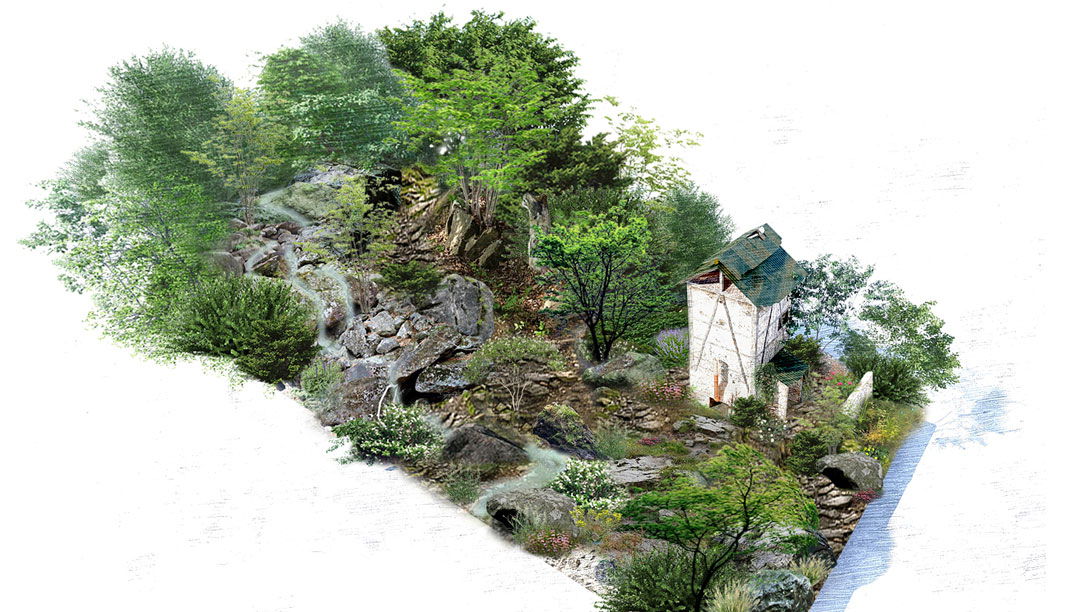
Our recent projects at Willow Court and Longridge House incorporate planting schemes that follow these ideas, with beds introducing rich textures and seasonal colours through a variety of evergreen shrubs, swathes of grasses and flowering alliums, salvia and lavender.
Introducing native trees and shrubs and repurposed materials has created different habitats that encourage local wildlife to flourish. We used log piles built from dead wood for amphibians and small mammals to shelter in when hibernating.


A Plot-to-Plate Garden Experience.
The Savills Garden designed by Mark Gregory highlights the benefit of growing your own food to form the basis of a healthy lifestyle, and includes a working kitchen and dining area that will feed visitors with ingredients from the potager and garden. This is a Chelsea first and, as the RHS describes, ‘a true plot-to-plate experience’.
The Best Environmental Products.
This year sees the inaugural RHS Sustainable Product of the Year, highlighting the best of innovation across the horticultural industry. The company Caley Brothers Mushrooms will be first time exhibitors with the first ever Chelsea fungi exhibit.
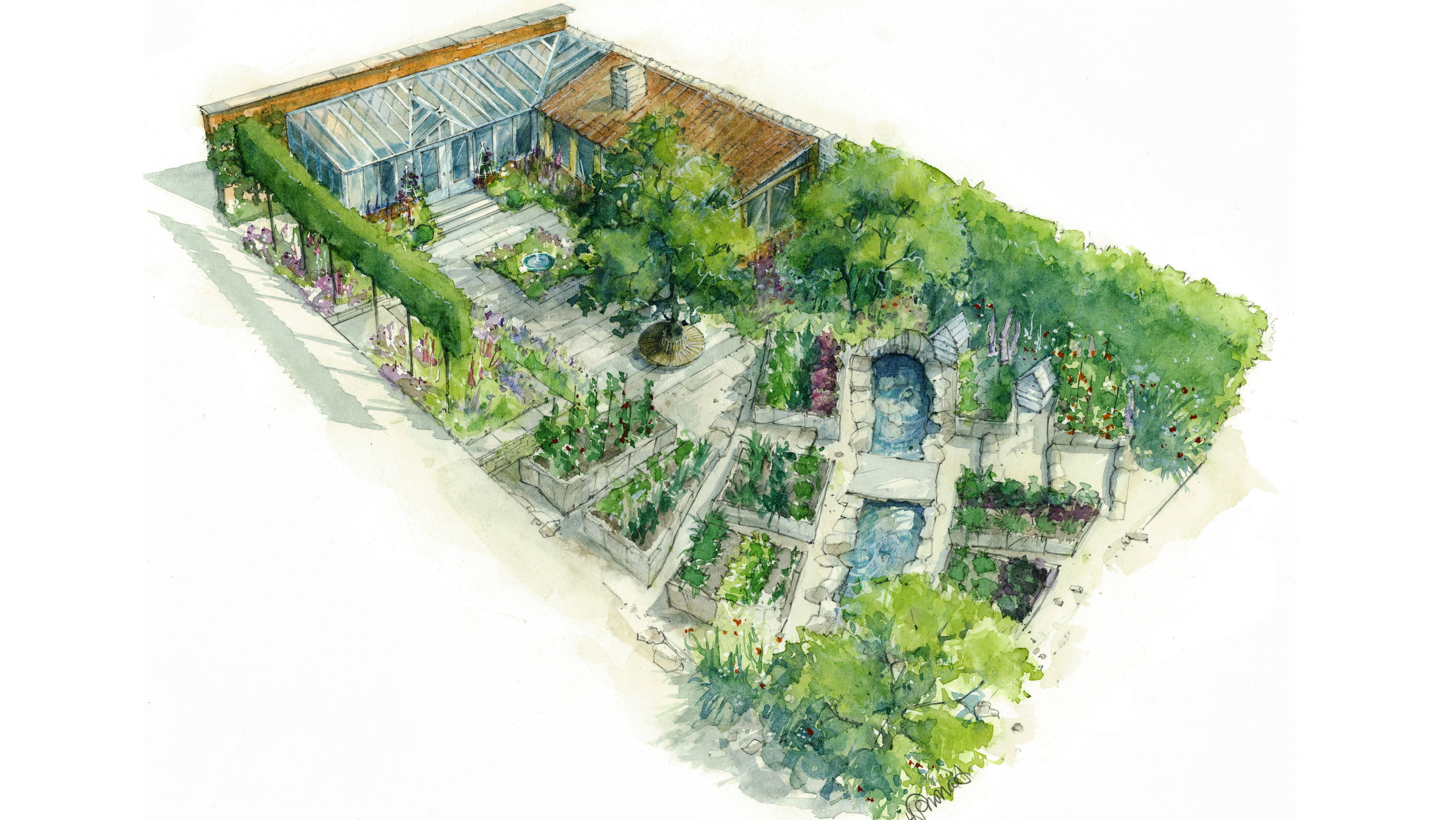
Our project at Longridge creates an outdoor dining experience at the heart of a luxury garden patio renovation. The outdoor kitchen functions as part of the wider garden space for entertaining, flowing into a pergola seating area with a hidden hot tub below the sliding deck, and then onto further relaxed seating and lawns. The outdoor kitchen is equipped with wood burning pizza oven, gas BBQ and mini fridge, with a 12-seater bar and dining island.
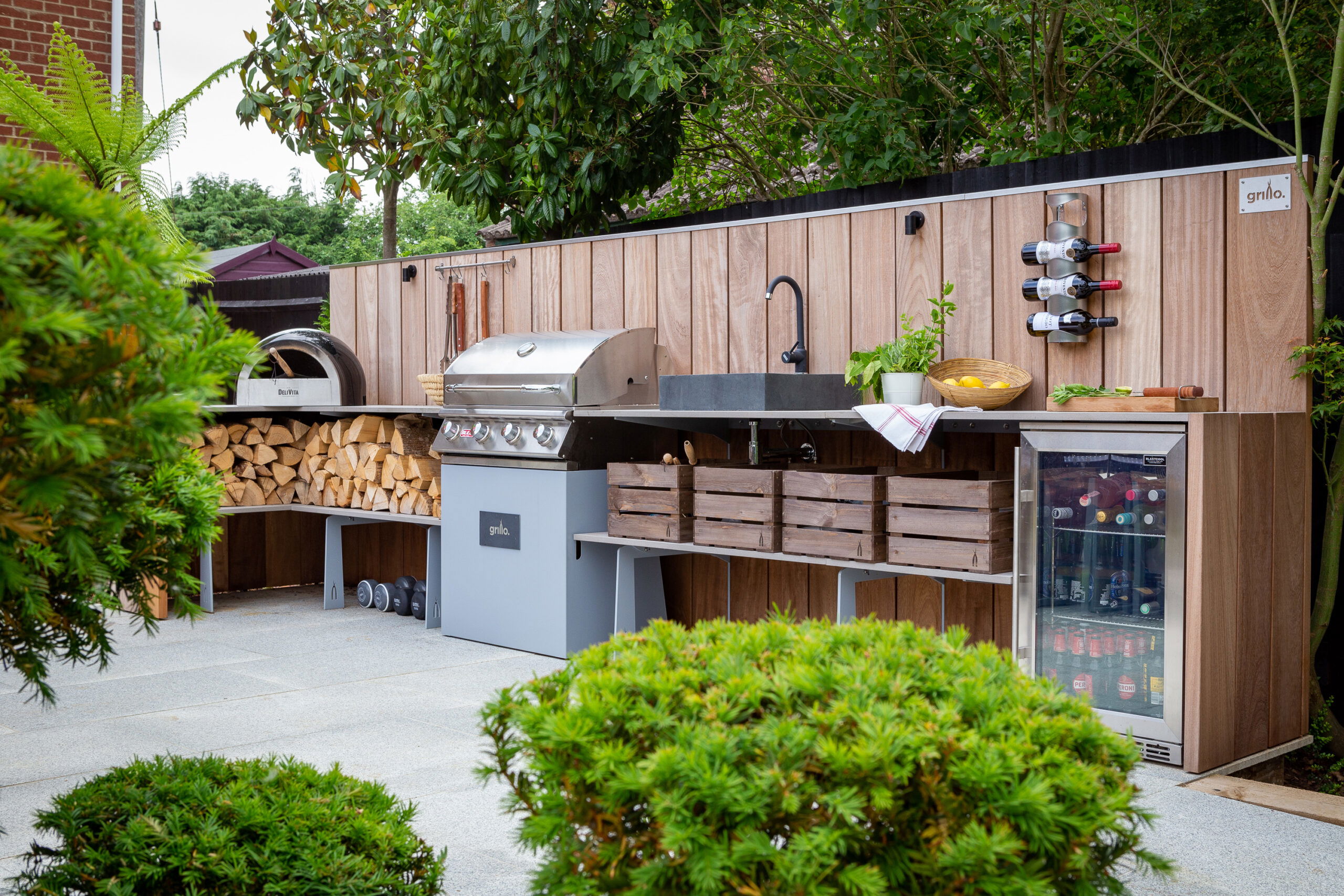

Chelsea is always an exciting and rewarding Show to be part of, with the ideas and innovations across the themes being reflected in our gardens across the UK in the years to come. And this year more than ever, this has to be a good thing for insects and wildlife too!
Read more about this year’s Show
What’s Next?
Follow us on our Landscapes Instagram page to see more of our recent designs and completed projects.
Keep updated with the latest news and expertise from HollandGreen by signing up to our Newsletter.
Whether you’re looking to transform your outdoor space or design an imaginative new build home or extension that links seamlessly to the surrounding grounds, we can work with you to create a space that is unique to your property and lifestyle.